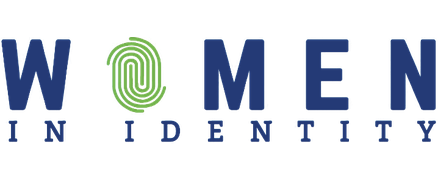
Women in Identity member and Technology Strategist, Anna Sarnek, shares her thoughts on working in the “new normal”.
Remote and flexible work environments had become a point of interest and the new buzzword before the forced shift during the COVID pandemic. Flexibility gradually gained traction among the tech sector, particularly in the startup culture that started associating flexibility with work-life balance, accrediting it as fundamental to innovation, happier employees and better work culture. While there are companies like Auth0, Bug Crowd and GitHub (now part of Microsoft) that have been fully remote from their founding, perhaps the most notable pre-COVID flexibility came from Microsoft’s announcement of a 4-day work week and the productivity increase that the company noted.
For those of us who were office bees, the shift to a fully remote work environment gradually repositioned remote working as the “new normal”. This was further amplified by companies like Microsoft and Facebook as they announced their intent to allow employees to remain fully remote. Yet I’ve had several conversations with team leaders at a number of these companies over the last 16 months which highlighted that they fully expect their teams to be both home- and office-located. I started scratching my head at this mixed messaging. It seemed misaligned with the corporate message. I realized that corporate intent does not always translate down to a specific team leader’s intent. This, in turn, led me to ask: “Are you actually ready to be remote?”.
Don’t get me wrong, I know that there are specific job functions that flourish from an in-person working environment, particularly in product development where innovation often spins out of coffee chats. I’m also not about to minimize the significance that the office environment brings to company culture – my teams and colleagues were part of what made my own career so enjoyable. I also recognize that my newest friends in the industry are those who I’ve met once in person and who reside in South Africa, California, Texas, and Washington State. What I question is whether organisations may have untapped pools of talent that they are missing by not exploring these remote options. And is there and another layer to diversity and inclusion that we’re not addressing by dismissing the benefit of remote work.
It is no secret that we’ve made strides in closing the gender gap in employment as women in America have become the breadwinners of the family. It is easy to measure diversity and inclusion through data like headcount, demographic data and income statistics. (Although, I would point out that while US companies gather disability data, disability seems to be an often forgotten criterion in diversity and inclusion.) I wonder whether the next transformative step towards increased diversity and inclusion resides in cementing a work environment where location and commute are no longer a factor. At the end of the day, what makes us unique doesn’t just stop at human characteristics. It extends to our day-to-day environments – often the ones where we can best foster unique ideas and diverse perspectives. It is easy to claim successes in diversity by normalizing the entire employee base, stripping away the fact that environment is a substantial factor. There are unique characteristics as to how each family unit will operate, or how each individual will fit into society. These should be an important consideration when redesigning the “new normal” of workplace management.
At a personal level, I’m not currently constrained by a need to put my family first. Nor do I have a physical or hidden disability that affects my ability to work from an office. But as a partner of someone in the US military, I am all too aware of the tension that exists between juggling career and family life. So I ask you to think, is your team really ready to be remote?
Why not join the Women in Identity team to develop this theme at our interactive discussion on “Recruiting for Diversity”?
Tuesday 29th June at 16:30 BST - Recruiting for Diversity – an interactive workshop
